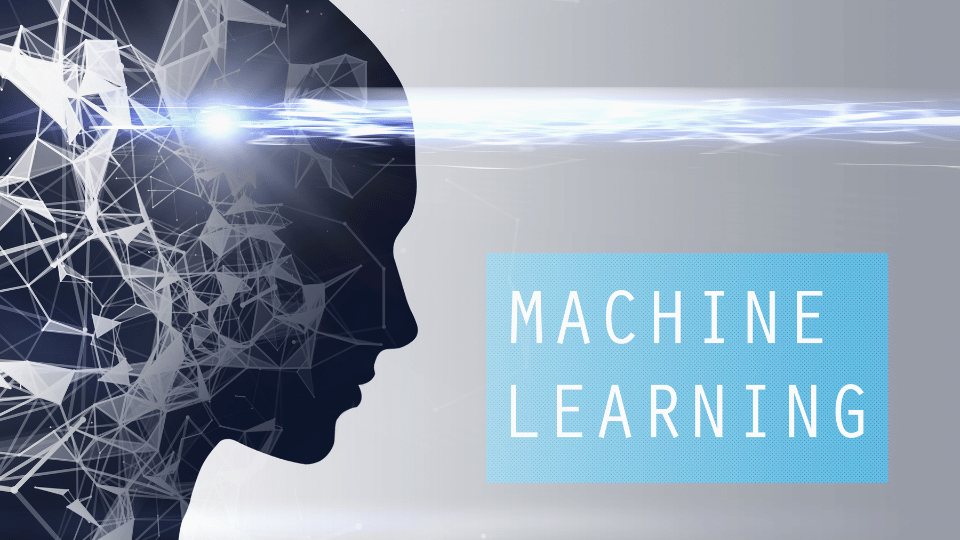Supervised learning algorithms represent a cornerstone of machine learning and artificial intelligence, providing a structured approach to training models using labeled data. Supervised learning is about teaching a machine to understand patterns and make informed decisions based on historical data. By utilizing labeled datasets, these algorithms can effectively associate input features with specific output labels, thereby enhancing their predictive capabilities.

This approach is particularly beneficial in scenarios where the desired outcome is known, allowing for a more focused and efficient learning process. As we delve deeper into the world of supervised learning algorithms, we will explore their various types, real-world applications, and the benefits and limitations that come with their use.
In supervised learning algorithms, the model is trained using input-output pairs, where the input data is accompanied by the correct output labels. This process allows the algorithm to understand the relationship between the input variables (features) and the output variable (target), enabling it to make predictions or classifications on new, unseen data. The primary goal of supervised learning is to develop a mapping function that accurately predicts the output based on the given input, which is essential for various applications in fields such as finance, healthcare, and marketing.
The supervised learning process typically involves two main phases: training and testing. During the training phase, the algorithm learns from the labeled data, adjusting its parameters to minimize the error in its predictions. Once trained, the model is evaluated using a separate testing dataset to assess its performance and generalization capabilities. This evaluation is crucial, as it helps identify how well the model can predict outcomes for new data.
One of the most widely used supervised learning algorithms is Linear Regression, which is particularly effective for regression problems where the relationship between variables is linear. This algorithm predicts a continuous outcome by fitting a line to the data points, making it a fundamental tool in statistical analysis and forecasting.
Another prominent algorithm is Logistic Regression, which, despite its name, is used for binary classification tasks. It estimates the probability that a given input belongs to a particular category, making it invaluable in fields such as medical diagnosis and credit scoring.
Decision Trees are another popular choice in supervised learning, known for their intuitive structure that resembles a flowchart. They work by splitting the dataset into subsets based on feature values, ultimately leading to a decision about the target variable. This algorithm is particularly useful for both classification and regression tasks, providing clear interpretability of the decision-making process.
Random Forest, an ensemble method that builds multiple decision trees, enhances predictive accuracy and controls overfitting, making it a robust option for complex datasets.
Additionally, Support Vector Machines (SVM) are powerful classifiers that work by finding the hyperplane that best separates different classes in the feature space, excelling in high-dimensional spaces.
Lastly, K-Nearest Neighbors (KNN) is a simple yet effective algorithm that classifies data points based on the majority class of their nearest neighbors, making it a go-to choice for many classification problems. These algorithms represent just a fraction of the diverse toolkit available in supervised learning, each with its unique strengths and applications.
One of the primary benefits of supervised learning algorithm is their ability to produce highly accurate models when trained on labeled datasets. This accuracy stems from the algorithm’s capacity to learn from historical data, allowing it to make reliable predictions on new, unseen data.
Furthermore, the structured nature of supervised learning enables clear performance metrics, making it easier to evaluate and refine models based on their predictive capabilities.
Another significant advantage of supervised learning algorithms is their versatility across different applications. They are adept at handling a wide range of tasks, including classification, regression, and even complex problems like image and object recognition. This flexibility allows organizations to leverage supervised learning for various purposes, such as fraud detection, spam filtering, and medical diagnosis.
Additionally, the ability to process high-dimensional data, such as images and natural language, enhances their utility in modern applications, making them indispensable tools in the data science toolkit.
One of the most significant drawbacks is their reliance on labeled data, which can be both time-consuming and expensive to obtain. In many cases, acquiring high-quality labels requires domain expertise, making it challenging for organizations to gather the necessary data for training. Furthermore, the process of labeling can introduce human error, potentially compromising the integrity of the training dataset and leading to suboptimal model performance.
Another limitation is the tendency of supervised learning models to overfit the training data. This occurs when a model learns the noise and details of the training set too well, resulting in poor generalization to new, unseen data. Overfitting can be particularly problematic in scenarios where the training data is limited or not representative of the broader population.
Additionally, supervised learning algorithms can struggle with unstructured data types, such as text, audio, and video, which require different approaches for effective analysis. As a result, their applicability may be restricted in certain domains, limiting their versatility.
One of the most prominent uses of supervised learning algorithms is in fraud detection systems, particularly in the finance sector. These algorithms analyze transaction patterns to identify anomalies that may indicate fraudulent activities, thereby protecting consumers and financial institutions alike.

Additionally, supervised learning plays a crucial role in image classification, where algorithms are trained to recognize and categorize images, enabling applications such as facial recognition and medical image analysis.
Another notable application is in recommendation engines, which are widely used by e-commerce platforms like Amazon. By analyzing user behavior and preferences, these algorithms can suggest products that a customer is likely to purchase, enhancing the shopping experience.

Furthermore, supervised learning is instrumental in weather forecasting, where historical data is used to predict future weather conditions, aiding in disaster preparedness and resource management.
In healthcare, algorithms are employed for heart disease prediction, analyzing patient data to identify risk factors and improve patient outcomes.
One of the best practices is to start with a well-defined problem statement and a clear understanding of the desired outcomes. This clarity helps in selecting the right features and target variables, which are crucial for training the model.
Additionally, it is essential to preprocess the data meticulously, including handling missing values, normalizing or standardizing features, and encoding categorical variables. This preprocessing step lays a solid foundation for the model, enhancing its ability to learn from the data accurately.
Another critical practice is to split the dataset into training, validation, and test sets. This division allows for a robust evaluation of the model’s performance and helps prevent overfitting. During the training phase, it is advisable to experiment with different algorithms and hyperparameters to identify the best configuration for the specific problem. Utilizing techniques such as cross-validation can further improve the model’s reliability by ensuring that it generalizes well to unseen data.
Finally, continuous monitoring and updating of the model post-deployment are vital to adapt to new data patterns and maintain its predictive power.
Supervised learning algorithms are fundamental to machine learning, a core component of IR 4.0, where it uses labeled data to identify patterns and make predictions across fields like finance, healthcare, and marketing. While they offer significant benefits, such as accuracy and versatility, they require extensive labeled datasets and risk overfitting. As technology advances, emerging trends continue to enhance their applications. Success depends on balancing their strengths and limitations, adopting best practices, and staying updated on innovations. Supervised learning remains a cornerstone of artificial intelligence, driving insights and innovation in increasingly complex systems.